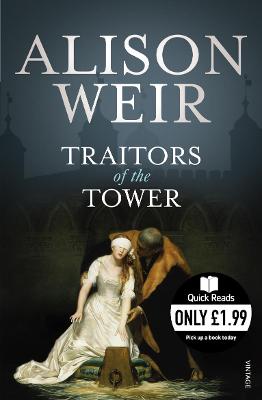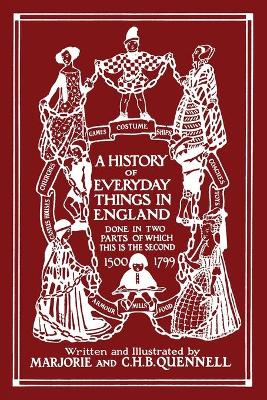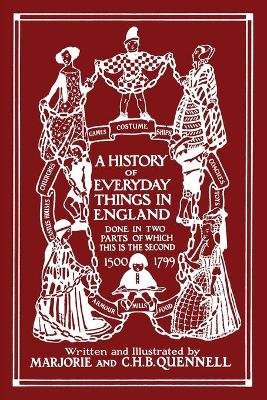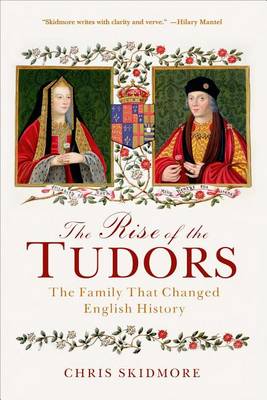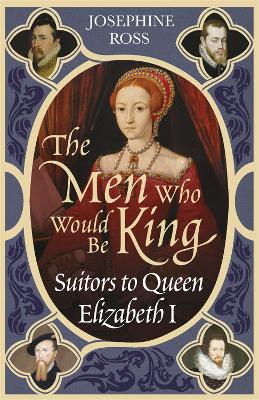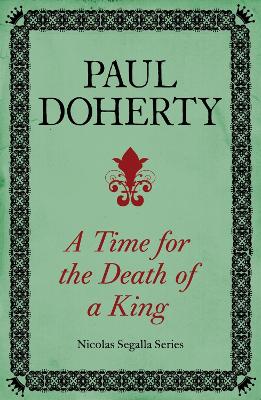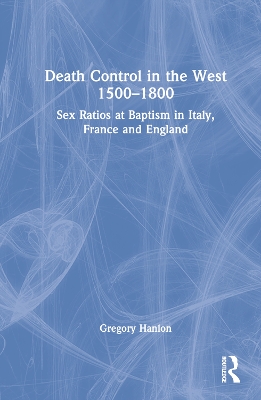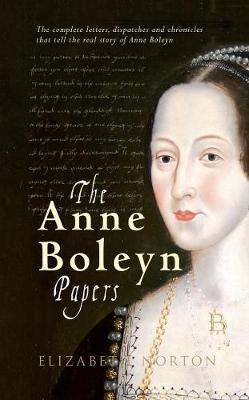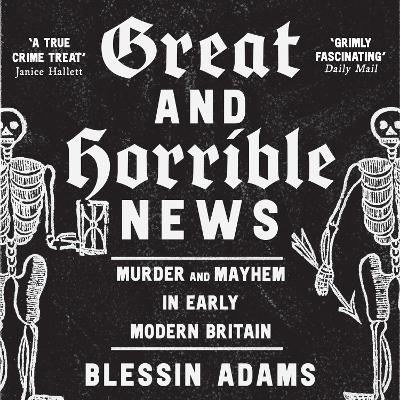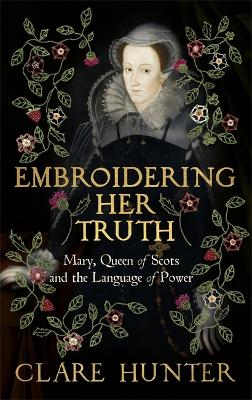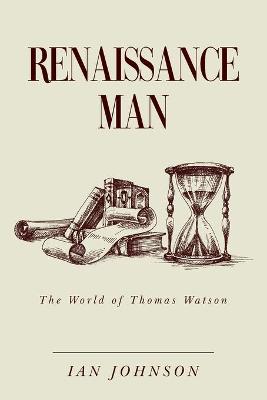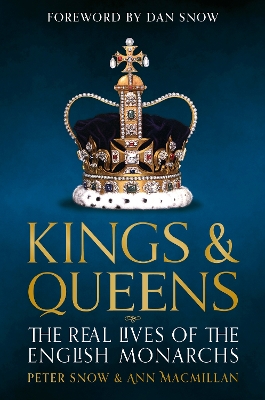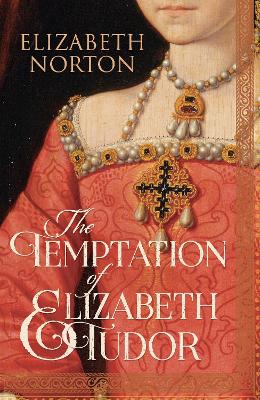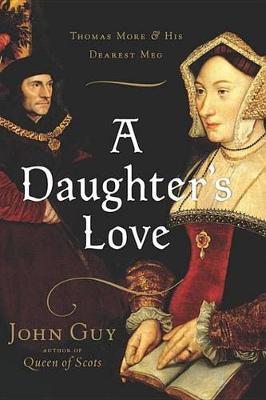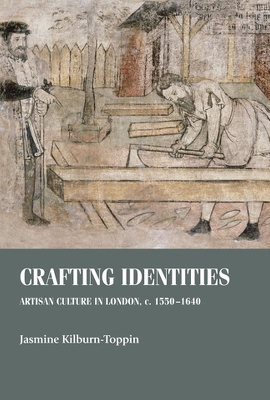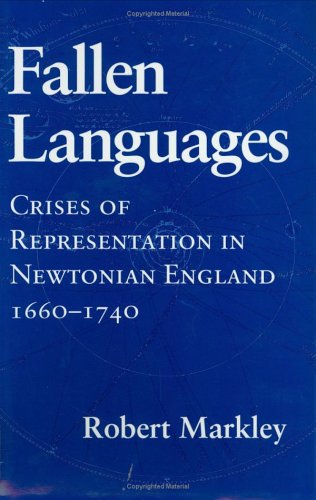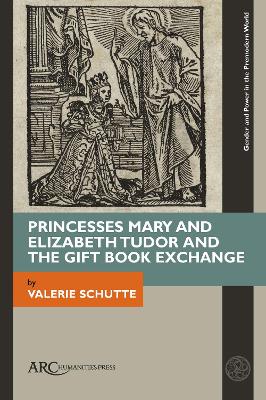The Reign of Elizabeth: England 1558-1603 (SHP Advanced History Core Texts)
by Barbara Mervyn
More than four hundred years ago, seven people were beheaded in the Tower of London. Three had been queens of England. The others were found guilty of treason. Why were such important people put to death?Alison Weir's gripping book tells their stories: from the former friend betrayed by a man set on being king, to the young girl killed after just nine days on the throne. Traitors of the Tower is a short, sharp shot of royal revenge from the master of popular history and one of Britain's top-sell...
A History of Everyday Things in England, Volume II, 1500-1799 (Black and White Edition) (Yesterday's Classics)
by Marjorie and C H B Quennell
A History of Everyday Things in England, Volume II, 1500-1799 (Color Edition) (Yesterday's Classics)
by Marjorie and C H B Quennell
The Complete Works of Albert Frederick Pollard
by Albert Frederick Pollard
The story of the many suitors of Elizabeth I - one of the most eligible brides in 16th century Europe.From her childhood, overshadowed by the marital upheavals of her father Henry VIII, and the tragic first encounter with courtship, to the fantastical flirtations of her old age, Elizabeth refused to commit herself to any man. During the marriage negotiations, which spanned half a century, romance blended with diplomacy as one illustrious suitor after another endeavoured to ally himself to her in...
She was a passionate lover. But was she also a murderess?In the first of Paul Doherty's series featuring the time travelling scholar Nicholas Segalla, the reader is transported to the 16th century Scottish court. Perfect for fans of Susanna Gregory and C. J. Sansom.Edinburgh, 1567. Beautiful Mary, Queen of Scots, leaves her ill husband's bedside to attend the wedding festivities of her maid of honour. Hours later, the calm night is shattered by a devastating explosion. The King's body is found i...
Challenges popular beliefs about the estranged nature of Shakespeare's marriage to Ann Hathaway, placing their relationship in a social and historical context that poses alternative theories about her rural upbringing and role in the bard's professional life.
Employing a rigorous methodological approach and analysing a vast body of sources from towns and regions in Italy, France and England over 300 years, this book hints at the extent of ‘routine’ infanticide of newborns by married parents in early modern Europe, ignored by contemporary tribunals. Death Control in the West 1500–1800 examines baptismal registers and ecclesiastical censuses across a score of communities in Catholic and Protestant Europe. Married women had little reason to hide their...
Anne Boleyn, the second wife of Henry VIII, caused comment wherever she went. Through the chronicles, letters and dispatches written by both Anne and her contemporaries, it is possible to see her life and thoughts as she struggled to become queen of England, ultimately ending her life on the scaffold. Only through the original sources is it truly possible to evaluate the real Anne. George Wyatt's Life of Queen Anne provided the first detailed account of the queen, based on the testimony of thos...
Mary and Philip (Studies in Early Modern European History)
by Alexander Samson
The co-monarchy of Mary I and Philip II put England at the heart of early modern Europe. This positive reassessment of their joint reign counters a series of parochial, misogynist and anti-Catholic assumptions, correcting the many myths that have grown up around the marriage and explaining the reasons for its persistent marginalisation in the historiography of sixteenth-century England. Using new archival discoveries and original sources, the book argues for Mary as a great Catholic queen, while...
Henry VIII is best known in history for his tempestuous marriages and the fates of his six wives. However, as acclaimed historian Tracy Borman makes clear in her illuminating new chronicle of Henry's life, his reign and reputation were hugely influenced by the men who surrounded and interacted with him as companions and confidants, servants and ministers, and occasionally as rivals--many of whom have been underplayed in previous biographies. These relationships offer a fresh, often surprising pe...
I felt that Mary was there, pulling at my sleeve, willing me to appreciate the artistry, wanting me to understand the dazzle of the material world that shaped her.At her execution Mary, Queen of Scots wore red. Widely known as the colour of strength and passion, it was in fact worn by Mary as the Catholic symbol of martyrdom.In sixteenth-century Europe women's voices were suppressed and silenced. Even for a queen like Mary, her prime duty was to bear sons. In an age when textiles expressed power...
Calendar Of State Papers, Domestic Series Of The Reign Of Elizabeth, (Volume Iii) 1591-1594
Historians and broadcasters Peter Snow and Ann MacMillan introduce the most powerful men and women in English, and later British, society. Opening with the reign of King Alfred, during which the foundations of the nation were laid, The Kings and Queens of England introduces the monarchs who have ruled through personal and political strife, triumph, war and peacetime. Snow and MacMillan offer a unique insight into the waxing and waning fortunes of these formidable rulers, from those such as dev...
England, late 1547. Henry VIII is dead. His 14-year-old daughter Elizabeth is living with the old king's widow Catherine Parr and her new husband Thomas Seymour. Ambitious, charming and dangerous, Seymour begins an overt flirtation with Elizabeth that ends in her being sent away by Catherine. When Catherine dies in autumn 1548 and Seymour is arrested for treason soon after, the scandal explodes into the open. Alone and in dreadful danger, Elizabeth is closely questioned by the king's regency c...
This book will break open a secret. It is a gripping tale of love, loyalty and domestic happiness that came to be overwhelmed by the forces of ambition, deceit and treachery, from the award-winning author of 'My Heart is My Own: The Life of Mary, Queen of Scots'. The life of Sir Thomas More is familiar to many. His opposition to Henry VIII's marriage to Anne Boleyn, his arrest for treason in 1534, his virtuoso defence at his trial, and his execution in 1535 (and subsequent martyrdom) make up on...
Crafting identities explores artisanal identity and culture in early modern London. It demonstrates that the social, intellectual and political status of London's crafts and craftsmen were embedded in particular material and spatial contexts. Through examination of a wide range of manuscript, visual and material culture sources, the book investigates for the first time how London's artisans physically shaped the built environment of the city and how the experience of negotiating urban spaces imp...
According to Robert Markley, historians and philosophers of science who link the "rise" of science to the "rise" of modern, objective forms of writing are interpreting the works of Robert Boyle, Isaac Newton, and their contemporaries far too narrowly. Focusing on the crises of representation in the discourse of "physico-theology" in English natural philosophy from 1660 to 1740, Markley demonstrates the crucial role played by theology in the development of modern science.
With all the panoramic sweep of his bestselling study "The Victorians", A.N. Wilson relates the exhilarating story of the Elizabethan Age. It was a time of exceptional creativity, wealth creation and political expansion. It was also a period of English history more remarkable than any other for the technicolour personalities of its leading participants. Apart from the complex character of the Virgin Queen herself, we follow the story of Francis Drake and political intriguers like William Cecil a...

